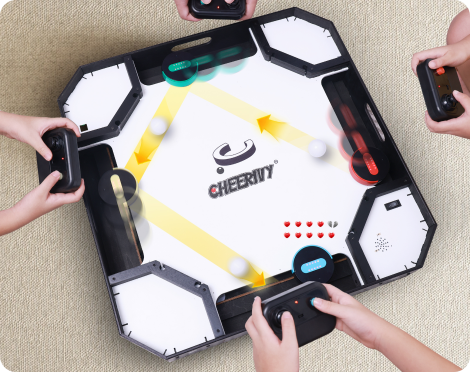
Rediscovering Vintage Childhood Games for Modern Families
In a world dominated by technology, many parents long for the simplicity of their own childhoods. Running outdoors, playing hopscotch on the pavement, or gathering with friends for marbles—these activities created joy without screens or gadgets. Today, introducing children to vintage childhood games not only provides fun but also teaches creativity, resilience, and community spirit.
Why Vintage Games Still Matter
Classic games have stood the test of time because they require imagination, social interaction, and physical activity. Unlike digital games that isolate, traditional games encourage teamwork and problem-solving. They are inexpensive, easy to learn, and adaptable to almost any setting.
Examples of Retro Games to Revive
-
Hopscotch: Simple chalk on the ground creates hours of entertainment. It improves balance and coordination while encouraging friendly competition.
-
Marbles: A game of skill that also introduces children to strategy.
-
Jump Rope: Perfect for solo or group play, promoting rhythm and physical fitness.
-
Hide and Seek: A timeless favorite that sparks excitement and creativity.
-
Tag: Encourages outdoor movement and social interaction.
These games can be tailored to fit modern settings—played in backyards, parks, or even adapted for indoor spaces.
Benefits for Children
Vintage games are more than fun—they nurture problem-solving, patience, and social skills. Children learn to negotiate rules, take turns, and handle winning or losing. Physical games like jump rope or tag also promote exercise, offering a healthy alternative to sedentary activities.
Creating a Retro Game Night
Parents can revive the magic by hosting a “retro game night.” This could include decorations inspired by the 80s or 90s, classic snacks, and music from the past. Families can rotate through stations with different games, making it both nostalgic for parents and exciting for kids.
Passing on Traditions
Teaching children the games you played as a child is a powerful way to pass down family traditions. It creates a bridge between generations and gives children a sense of continuity. Grandparents, in particular, enjoy sharing stories about how they used to play, turning the experience into a living history lesson.
The Balance Between Old and New
While technology has its benefits, bringing vintage games into family life offers balance. Children exposed to both digital and traditional play develop broader skills and perspectives. A healthy mix allows kids to enjoy the creativity of the past while still embracing the innovations of the present.
Conclusion
Vintage childhood games are timeless treasures that deserve a place in modern family life. They provide fun, foster physical activity, and strengthen bonds between generations. By rediscovering these classics, parents can give their children the gift of simplicity, imagination, and connection—a priceless antidote to our fast-paced digital world.